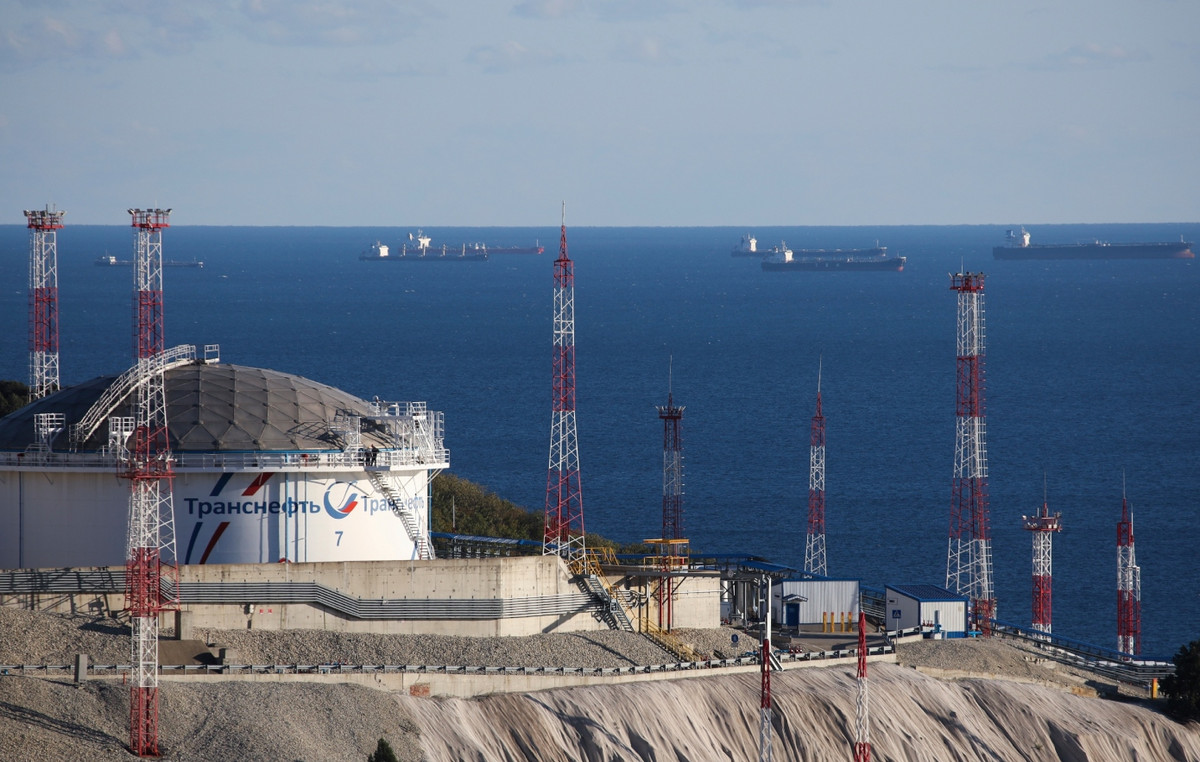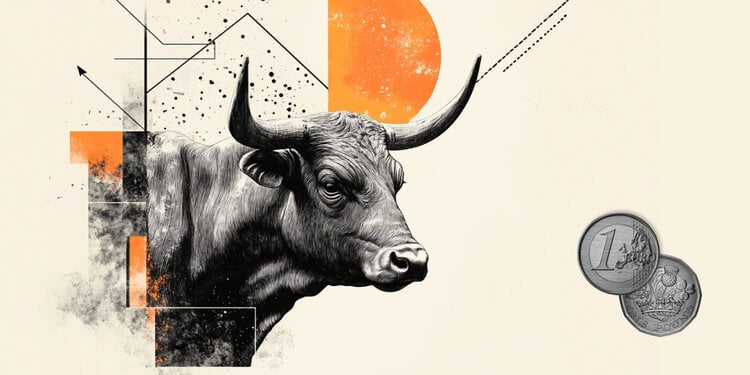- The Mexican peso is pressured by the economic contraction; The fall in yields in the US limits the rise of USD/MXN.
- The INEGI report shows a contraction of the Mexican economy of 0.7% month-on-month, with a modest annual growth of 1.3%.
- Falling US Treasury yields offer limited support to the Dollar, while the Conference Board's LEI allays recession fears.
He Mexican peso (MXN) lost traction against US dollar (USD) on Tuesday, as United States (US) traders returned from the Presidents' Day holiday. Monday's data from Mexico suggests the economy most likely contracted in the first month of 2024, while a drop in US Treasury yields caps the USD/MXN's upside. The pair trades at 17.06, up 0.16%.
On Monday, Mexico's National Statistics Institute (INEGI) published the Economic Activity Indicator (IOAE), which revealed that the economy contracted -0.7% month-on-month, despite annual figures growing 1.3%. Although the data could have triggered the weakness of the Mexican peso, the holiday in the US limited the fall of the emerging market (EM) currency.
On the other hand, US Treasury yields fell, keeping the Dollar under pressure against most currencies except EM currencies. Meanwhile, the Conference Board (CB) revealed its Leading Economic Index (LEI), which no longer signals a coming recession in the US.
Daily Market Summary: Mexican Peso Pulls Back as Traders Digest Monday's Data
- Mexico's inability to resolve the steel and aluminum dispute with the US could weigh on the Mexican currency, as US Trade Representative Katherine Tai warned Mexico that the US could again impose tariffs on imports of the aforementioned raw materials if the Mexican government does not stop the increase in exports. US authorities question Mexico's lack of transparency regarding steel and aluminum imports from third countries.
- Mexico's economic agenda will pick up pace on Wednesday with the publication of retail sales, Gross Domestic Product (GDP) and mid-month inflation data for February.
- Mexico retail sales are expected to increase 0.2% month-on-month in December and 2.5% year-on-year.
- GDP is expected to grow 0.1% in the fourth quarter and 2.4% year-on-year.
- February month-on-month core inflation is expected to decline from 4.78% to 4.67% year-on-year, while headline inflation would fall from 4.9% to 4.7%.
- On Wednesday, the US Federal Reserve (Fed) releases the latest minutes of the Federal Open Market Committee (FOMC) along with Fed officials who will give statements.
- Additionally, S&P Global PMIs, Initial Jobless Claims and the Chicago Fed National Activity Index will be released. The latter is usually the prelude to the Institute for Supply Management (ISM) manufacturing PMI.
- US economic data related to price pressure should greatly influence Federal Reserve officials. While opening the door to policy easing, Fed officials have expressed on numerous occasions that they will not rush to cut rates.
- The Fed's Bostic said patience is needed and he foresees two rate cuts, which could begin in the summer if the data warrants it. The Fed's Daly said: “We will need to resist the temptation to act quickly when patience is needed and be prepared to respond nimbly as the economy evolves.”
- Markets expect the first rate cut from the Federal Reserve at the June policy meeting as they have cut the odds for March and May.
Technical Analysis: The Mexican Peso registers minimal losses and the USD/MXN pair breaks above 17.05
Yesterday, I wrote “USD/MXN swings near 17.05, below the 50-day SMA at 17.09.” At the time of writing, the pair remains within the mentioned level, although the Relative Strength Index (RSI) has started to rise with the risk of turning bullish. If USD/MXN breaks above the 50-day SMA, it could test the 200-day SMA at 17.28 points. The bullish zone lies at the 100-day SMA at 17.38, before the pair recovers towards 17.50.
Conversely, sellers must drag the exchange rate below 17.00 if they want to maintain hope of challenging last year's low of 16.62.
USD/MXN Price Action – Daily Chart

Frequently asked questions about central banks
What does a central bank do?
Central banks have a key mandate to ensure price stability in a country or region. Economies constantly face inflation or deflation when the prices of certain goods and services fluctuate. A constant rise in the prices of the same goods means inflation, a constant fall in the prices of the same goods means deflation. It is the central bank's job to keep demand in line by adjusting its interest rate. For the largest central banks, such as the US Federal Reserve (Fed), the European Central Bank (ECB) or the Bank of England (BoE), the mandate is to keep inflation close to 2%.
What does a central bank do when inflation is below or above the expected target?
A central bank has an important tool to raise or lower inflation: modify its reference interest rate. At pre-communicated times, the central bank will issue a statement with its reference interest rate and give additional reasons why it maintains or modifies it (cuts or raises it). Local banks will adjust their savings and loan rates accordingly, which in turn will make it harder or easier for citizens to make a profit on their savings or for companies to borrow and invest in their businesses. When the central bank substantially raises interest rates, we speak of monetary tightening. When you reduce your reference rate, it is called monetary easing.
Who decides monetary policy and interest rates?
A central bank is usually politically independent. Members of the central bank's policy council go through a series of panels and hearings before being appointed to a position on the policy council. Each member of that council usually has a certain conviction about how the central bank should control inflation and the subsequent monetary policy. Members who want a very loose monetary policy, with low rates and cheap loans, to substantially boost the economy, while settling for inflation slightly above 2%, are called “doves.” Members who prefer higher rates to reward savings and want to control inflation at all times are called “hawks” and will not rest until inflation is at 2% or just below.
Is there a president or head of a central bank?
Typically, there is a chairperson who leads each meeting, has to create a consensus among the hawks or doves, and has the final say when votes need to be divided to avoid a 50-50 tie on whether to adjust current policy. The president will give speeches, which can often be followed live, in which he will communicate the current monetary stance and outlook. A central bank will try to push its monetary policy forward without causing wild swings in rates, stocks, or its currency. All central bank members will channel their stance toward markets ahead of a monetary policy meeting. A few days before a monetary policy meeting is held and until the new policy has been communicated, members are prohibited from speaking publicly. This is what is called the silent period.
Source: Fx Street
I am Joshua Winder, a senior-level journalist and editor at World Stock Market. I specialize in covering news related to the stock market and economic trends. With more than 8 years of experience in this field, I have become an expert in financial reporting.







